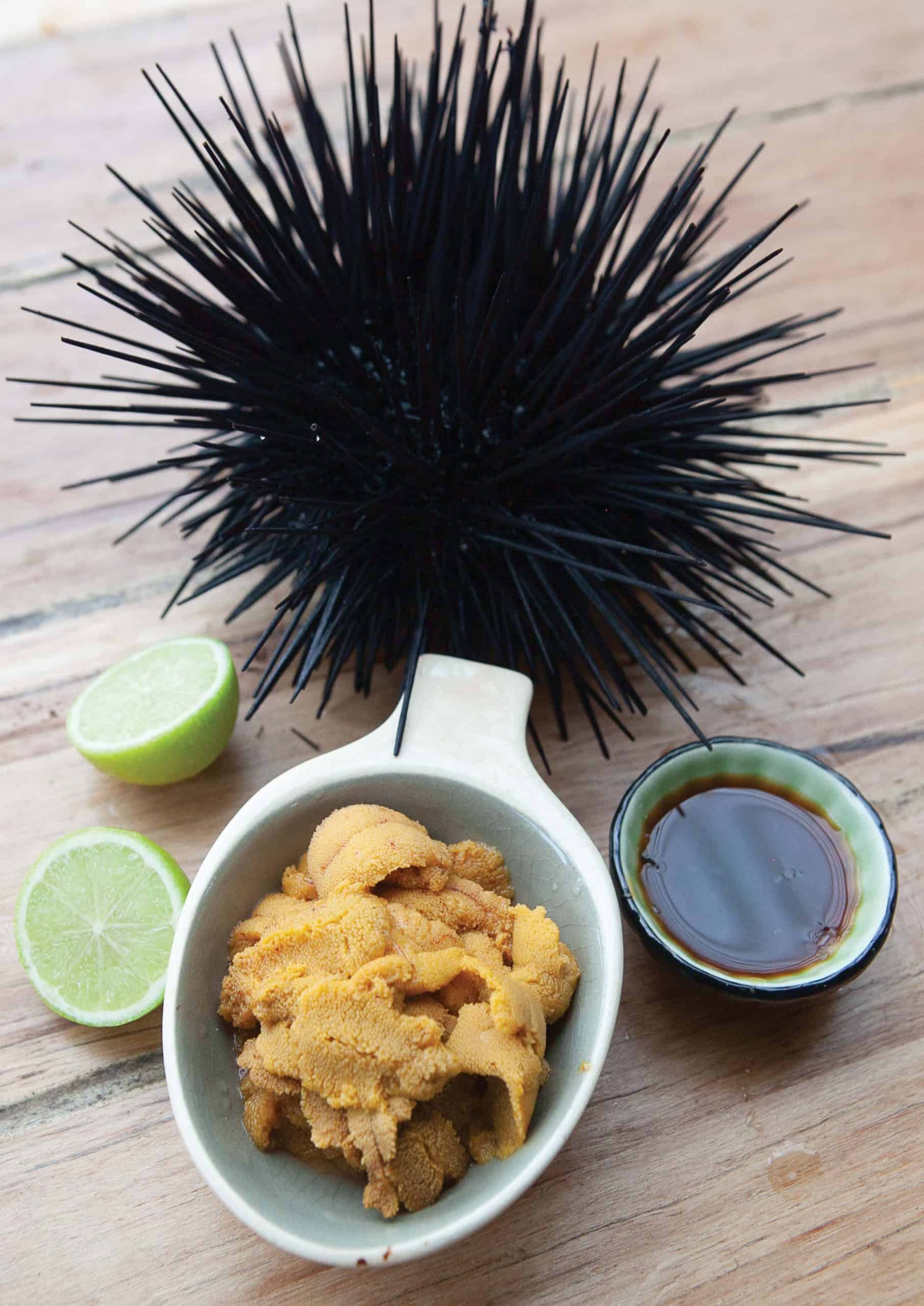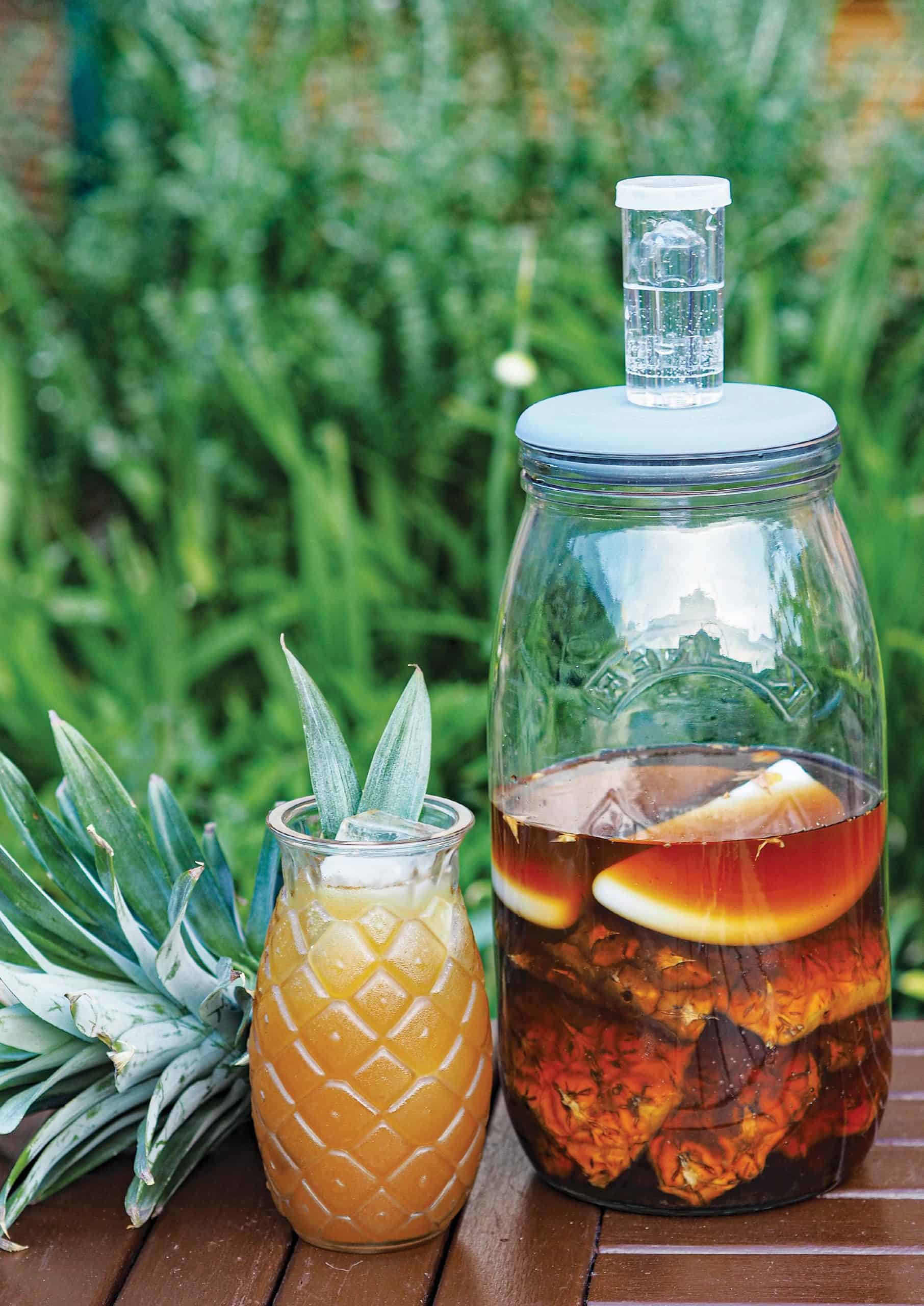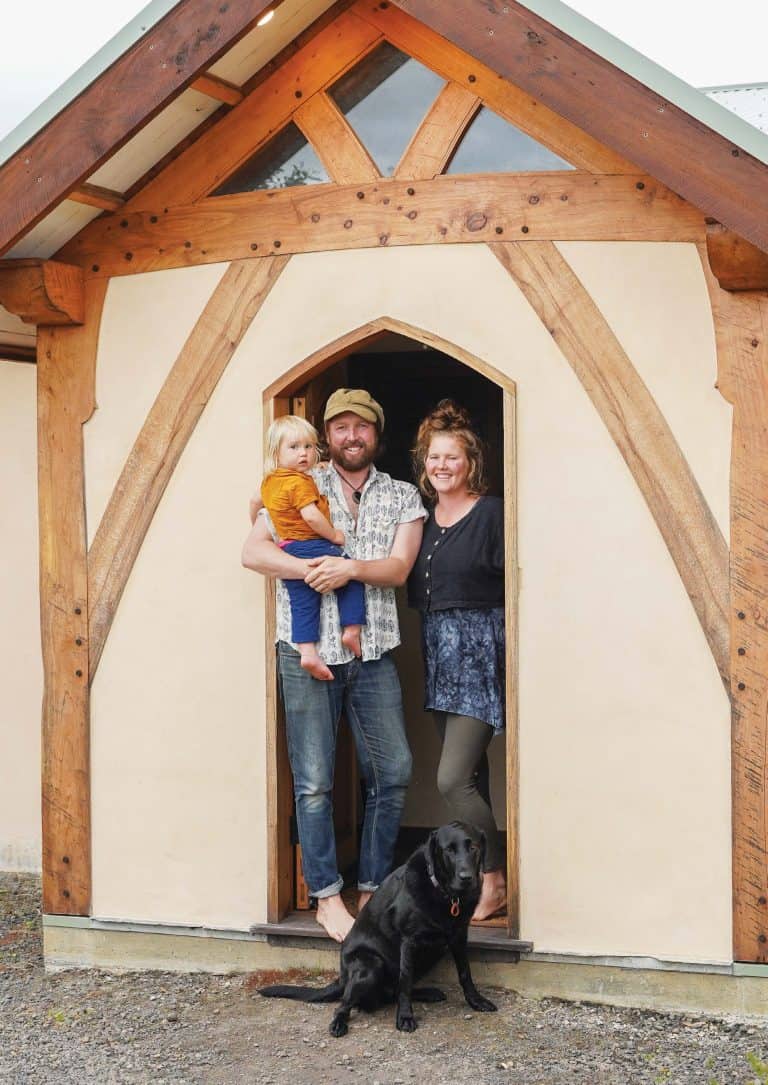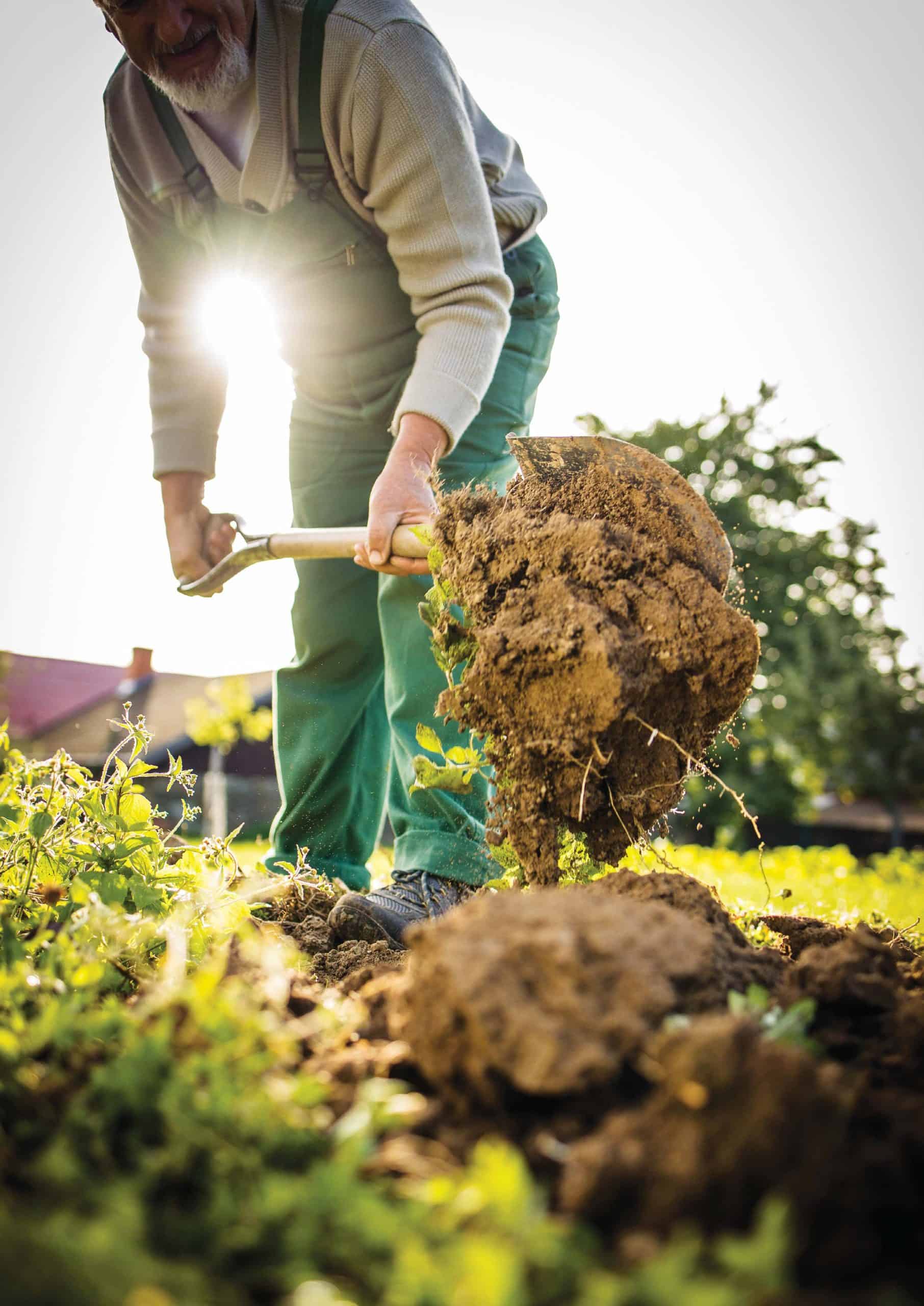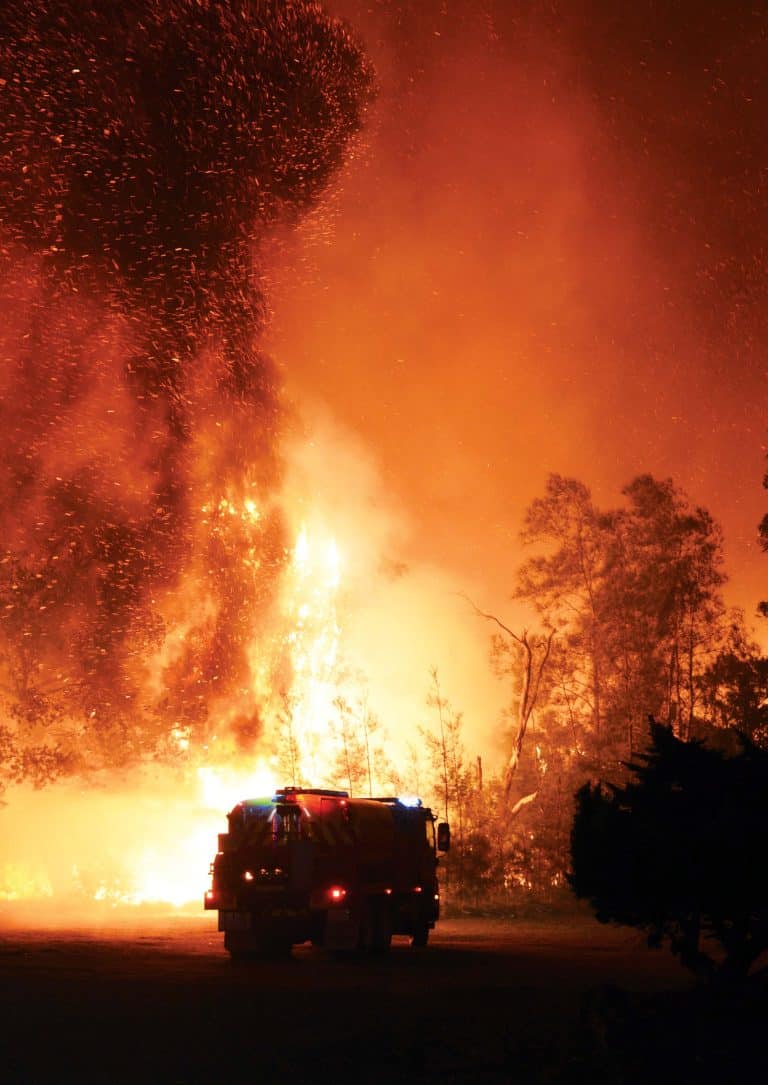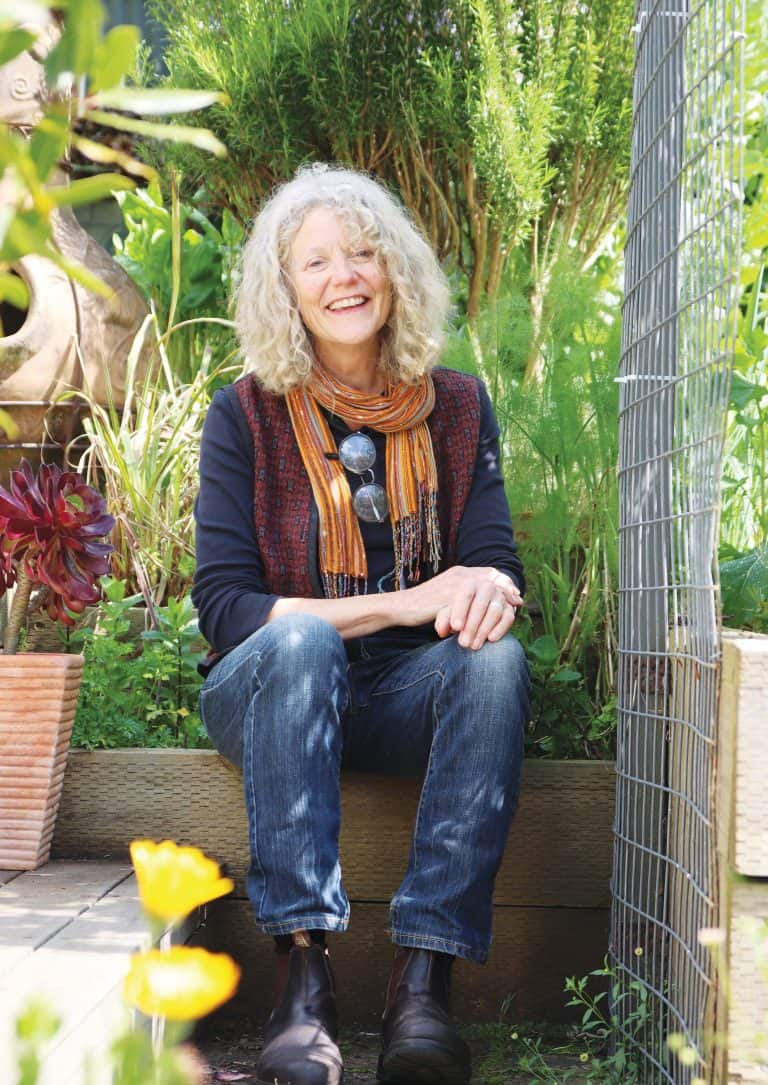Issue 30 Flipbook

Pip’s Issue 30 is packed full of inspiration and information to bring in the productive food-growing season. We share our in-depth guide to growing your pumpkins, squash, melons and zucchinis, we explain the hows and whys of keeping a highly productive worm farm, guide you on how you can be best prepared for this year’s fire season and take you on a tour of a stunning and sustainable off-grid family home.
We take a deep dive into the current state of electric vehicle ownership, inspire you to grow ingredients for refreshing summer drinks and even show you how to harvest and prepare sea urchins, which can help restore ocean ecosystems.
As well as all of our informative regulars, you’ll learn natural ways to keep pests out of your vegie patch, how to save your homegrown garlic for seed, and meet a woman who has finally found the time and space to live the life she’s always dreamt of.



